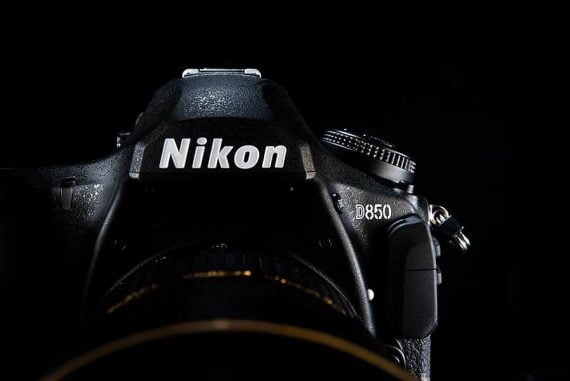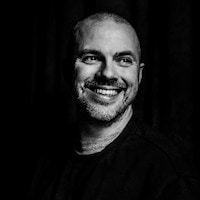
Nikon Z6 Review
How does the Nikon Z6 stack up in 2024? Is it worth buying?? Find out in this in-depth, real-world review from a pro photographer.
I am approaching this in-depth review from the perspective of a professional photographer, presenting real-world examples of using the Nikon Z6 on numerous professional jobs (both shooting weddings and commercially).
I’m an avid reader of camera gear reviews. I find myself being drawn to reviews where the reviewer has been able to use the equipment on real-life shoots.
I want to know how the camera or lens handles when the pressure is on, so that is how I’ll be approaching this review.

Versatile mirrorless camera that packs a powerful combination of speed, resolution and low-light performance.
The Nikon Z6 is a camera I’ve used for well over a year now. It’s a camera that’s grown on me.
This was my first mirrorless camera and I started off liking it. Now though, I’m at a point where I really love it.
In fact, I use it just about every day for personal and family photography – and it’s now been fully integrated into my professional workflow.
That said, the Z6 is not a camera without areas that could be improved upon. So below, I’ll explore both the areas in which this camera excels and those in which it could, in my opinion, do better.
This is a completely impartial review and all my opinions are based on my own experience of using the Z6.
I’ve included shots from my wedding, commercial and music photography portfolio to illustrate my findings.
[UPDATE: Check out my Nikon Z6 ii review]Nikon Z6 Specs
- Excellent image quality
- High-quality EVF
- Lightweight yet fantastic handling and ergonomics
- Deep grip – feels like a Nikon
- Excellent build quality and weather sealing
- Best value for money in its price range
- 5-axis inbuilt stabilisation
- F mount lenses adapt well via FTZ adapter
- High-quality range of Z mount lenses available
- Imperfect – but ever-improving – AF
- One card slot only
- Sensor: 24.5MP full-frame BSI-CMOS
- Focusing: Hybrid autofocus system w/273 phase-detect points
- FPS: Up to 12 fps burst shooting (Raw + JPEG)
- Viewfinder: 3.69M-dot OLED viewfinder
- Screen: 2.1M-dot tilting touch LCD
- Memory card: Single XQD card slot
- 4K video: UHD 4K capture up to 30p
- Video output: 10-bit 4:2:2 N-Log output over HDMI
- Video capabilities: Up to 100Mbps H.264 8-bit internal video capture
- Wifi: SnapBridge Wi-Fi system with Bluetooth
Build & Appearance
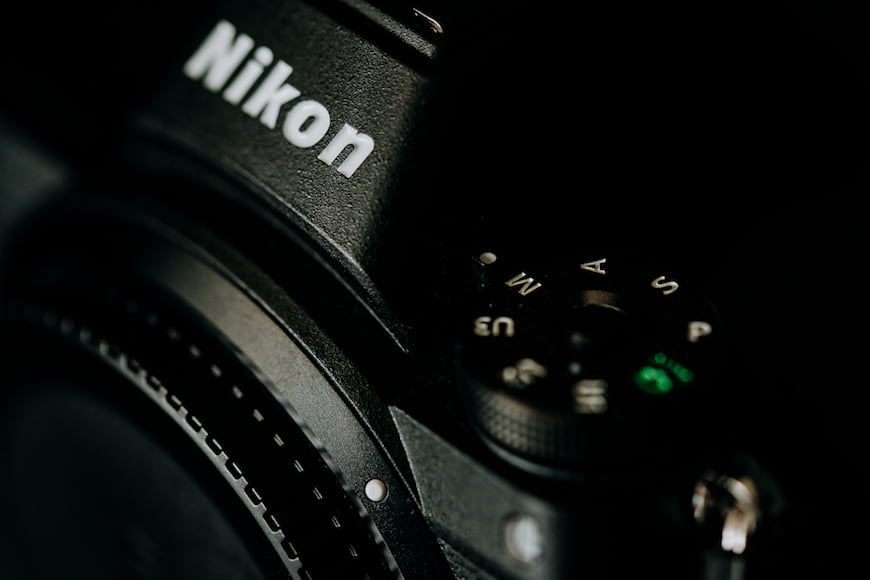
Nikon Z6 – image taken with a Nikon D850.
I bought the Nikon Z6 back at the beginning of 2019, to go alongside my main cameras: a Nikon D5 and Nikon D850. I also had a Nikon DF and Nikon D4s as backup cameras (the D4s since being sold on).
When the Z6 was released, I was so intrigued to see how successful Nikon’s first foray into the mirrorless market had been.
My D4s was without a doubt more than well used by this point and rather than buy another D850, I decided to try the Nikon Z6 and use it as my main backup camera on professional jobs.
In time, I’ve ended up using it far as more than just a backup though.
But going back to when I first bought the camera and unboxed it – I was immediately struck by its appearance. The Nikon Z6 is, without doubt, ‘a Nikon camera’.
There’s also an almost retro look to it – it, in fact, reminded me of a Black Nikon DF.
Build quality of the Nikon Z6 is excellent. All weather-sealed and covered in rubber (unlike the Sony mirrorless models, which leave more metal elements to the design exposed).
So in all, the Z6 is robust and, despite being very light, is still extremely well made as you would expect from a Nikon camera.
It also, without a doubt, looks great.
Ergonomics & Handling
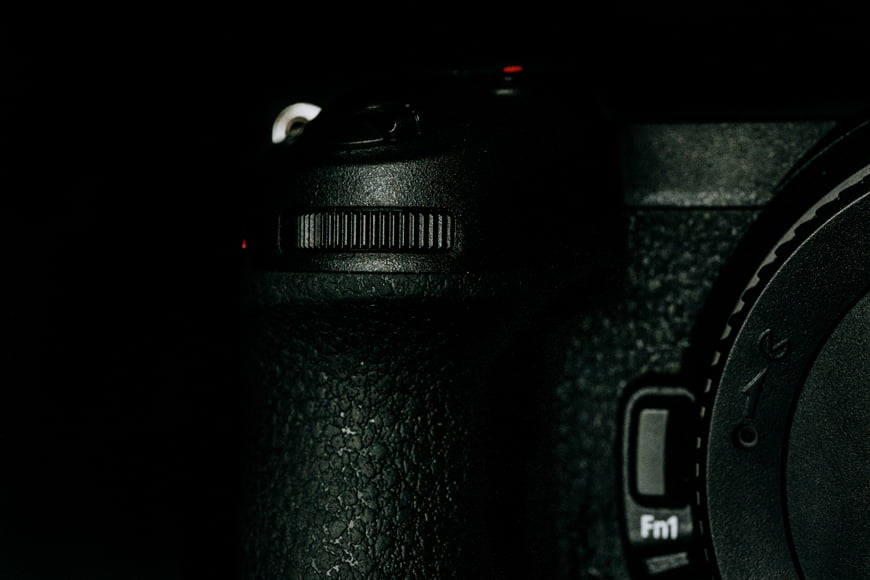
Nikon Z6 – image taken with a Nikon D850.
Now, I could definitely try to write this with more erudition – but when it comes down to it, there is no doubting that the Z6 is ‘fun’ to use and that’s a word I’ll be re-using in this review several times.
It’s a fun camera to use in any setting in fact and much of that is down to ergonomics, design and handling.
I am writing this review mid-2020, during the ongoing Covid-19 pandemic. So, I have sadly found myself shooting less professionally this year, but still shooting a lot for fun – natural images of my own family. And the camera I’ve found myself reaching for every day is the Z6.
I’ve barely touched my D850 or D5 in the last 6 months and my DF is safely tucked away in its box.
I’ve been taking more personal photographs than I had done for many years. The Z6 has been the perfect camera for capturing these images.
It’s small and lightweight, and the grip is undoubtedly a Nikon grip, so it handles brilliantly.
I have handled Sony mirrorless cameras previously and have never liked the feel of their cameras – the grips. But the Z6 immediately felt good in the hand as well as feeling well made and robust.
The grip feels like a Nikon grip and the weight of the camera balances well.
Focus Performance
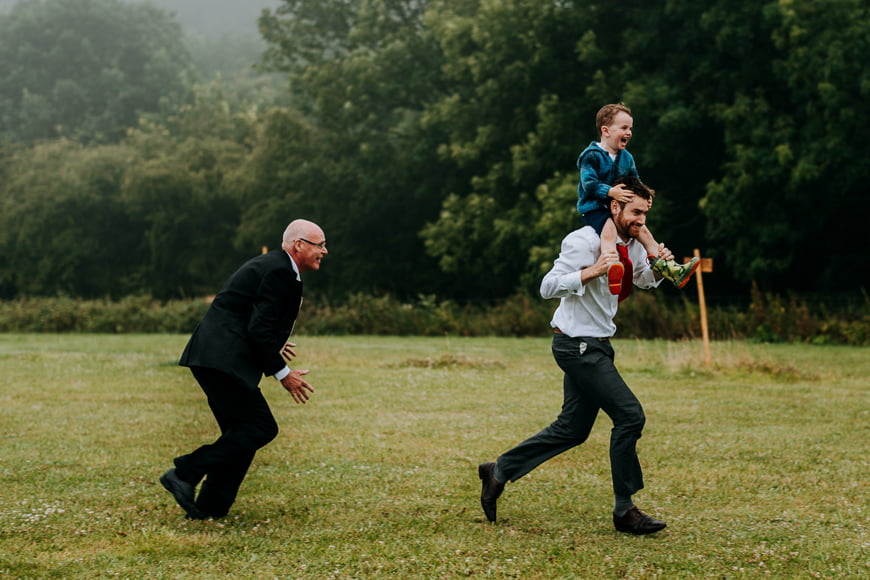
Nikon Z6 and adapted Nikon 58mm f/1.4 lens – f/2.2 | 1/320| ISO 100
If there’s one area in which the Z6 doesn’t quite excel, then it’s the Auto Focus performance.
As much as I love this camera, there is no shying away from it – the AF can (and I’m sure will) be improved in future iterations of Nikon’s mirrorless cameras.
Now, as I mentioned, I have owned this camera for well over a year now. So it’s worth saying that the AF system has improved markedly during this time with regular firmware updates.
Nikon are now on firmware V3 and we are now at the point where I would say the AF system could be classed as ‘very good’. Being a D5 owner though, I do have high expectations of autofocus!
So, when compared to the overall focusing of my D850 or D5, well quite simply – the Z6 doesn’t compare.
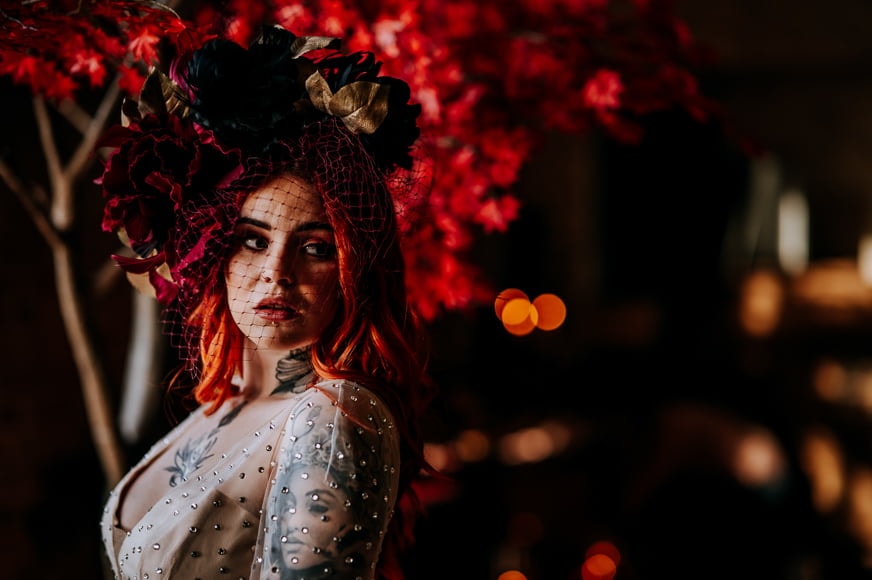
Nikon Z6 and Nikon Noct 58mm f/0.95 – f/1.2 | 1/640 | ISO 200
But the question is, is it fair to judge the Nikon Z6 in comparison with the D850 or D5? On reflection, the answer is no.
The D850 cost around £1500 (US$2000) more than the Z6 on release and you could buy two and a half Z6s for the price of one D5.
The D5 – now superseded by the D6 – and D850 are unabashedly professional cameras. They both give unparalleled focusing performance for DSLRs.
My D5 can pretty much focus in a room with no lights on and my D850 isn’t far behind (I may be exaggerating for effect there – but their focusing really is so, so good).
The Z6, however, is without a doubt a prosumer model, so the focusing was never going to reach the heights of Nikon’s flagship model (D5/D6), or its best-reviewed DSLR ever (D850).
So let’s judge it on its own merits.
With each firmware update, Nikon have been tweaking the focusing on the Z6 and it really is now very good. With the release of firmware V2, Nikon added on a very good eye detection and improved the core AF-S and AF-C systems.
In good or even average light, the Z6 hits the mark focus-wise time and time again, without fail.
If the lighting conditions are good, put the Z6 into AF-C mode, select continuous shooting and you can get a series of sharp, in-focus images of fast-moving subjects.
It really does perform well in such situations.
With this in mind, this camera is going to more than satisfy enthusiasts and semi-professionals.
Nevertheless, in my own main professional setting as a wedding photographer shooting in a reportage style, I am often dealing with environments where I cannot guarantee good lighting.
And when the light is low, or when I’m dealing with backlighting, the Z6 autofocus can miss, or continue searching when I should be shooting. This is rare, but it does happen.
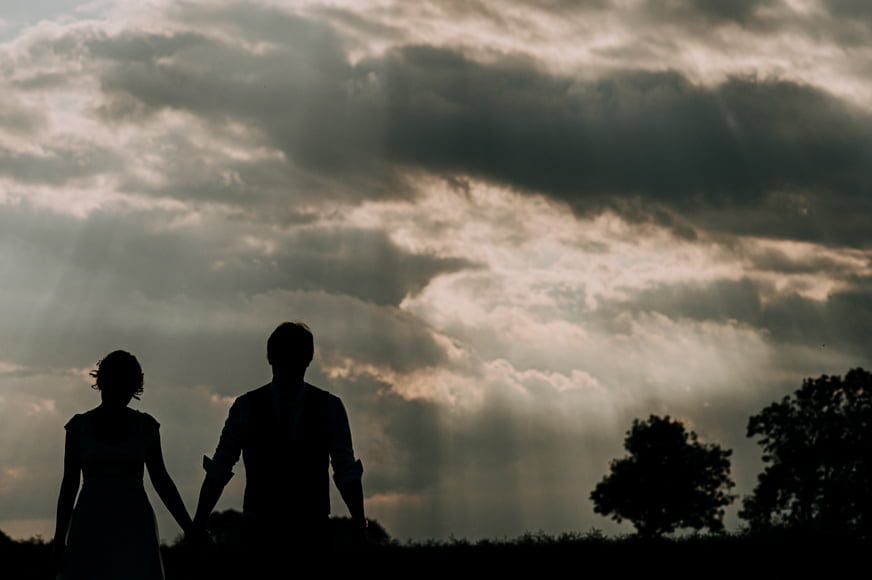
Nikon Z6 and adapted Nikon 85mm f/1.4 lens – f/4.5 | 1/8000 | ISO 125
I hope that when the rumoured Z6s is released, this will be addressed. The AF is clearly something Nikon has strived to improve with firmware updates already. Their efforts have really paid off so far, but there is a little way to go.
In AF-S mode there is the option of turning on the focus assist beam, which does help in low light – however, as a documentary wedding photographer, a bright green ray of light shining in people’s eyes does somewhat interfere with capturing moments discreetly!
With coverage over 90% of the frame, if you’re a Nikon DSLR user, this new feature will be revelatory, as it was to me.
Being able to quickly grab focus at the very edge of the frame opens up a whole new world of shooting images, rather than focusing and re-composing, as I was always used to.
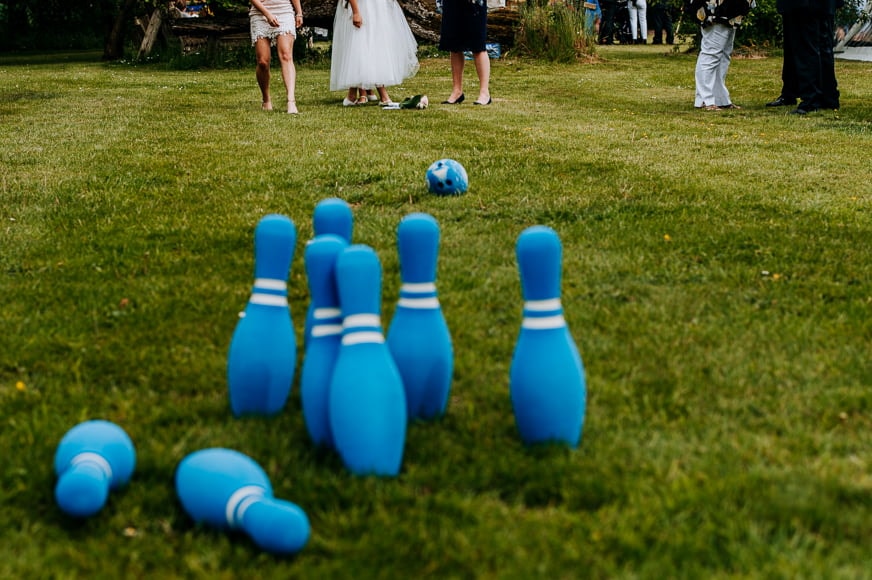
Nikon Z6 and adapted Nikon 58mm f/1.4 lens – f/4.5 | 1/500 | ISO 100
So, I have to stress that it is not a simple case of the autofocus being poor – far from it. Right now, with firmware v3, I would compare the autofocusing of the Z6 to that of the D750, whereas on release it was akin to the D610 / DF.
When Nikon release a mirrorless camera akin to the D850 in terms of focusing, I’m very confident I’ll be trading in my DSLRs and going all mirrorless.
For now, professionally, I use my Z6 for specific tasks during a wedding day, as it has clear advantages – it’s size, weight and silent shutter make it an ideal camera for photographing general reportage throughout a full wedding day.
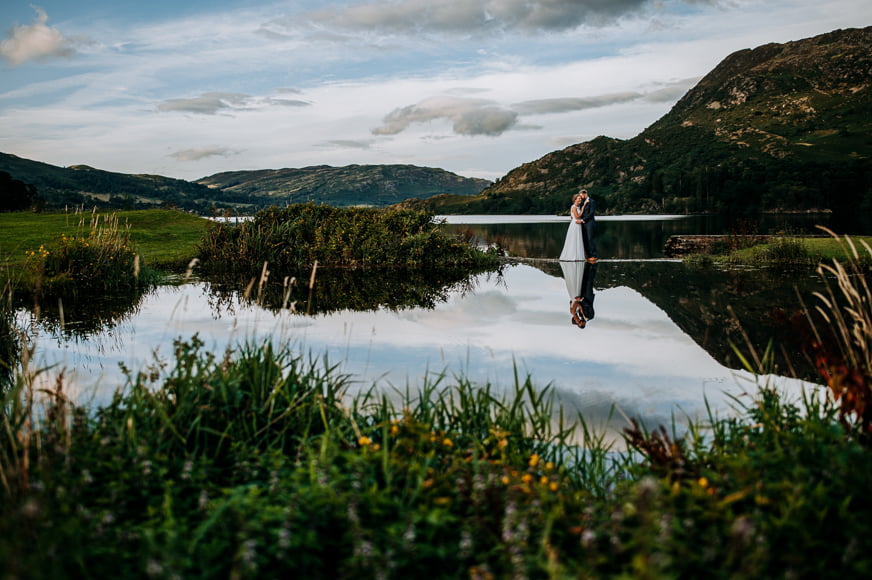
Nikon Z6 and adapted Nikon 28mm f/1.4 lens – f/1.8 | 1/4000 | ISO 100
But for a dimly lit wedding ceremony in a church, I know I won’t be using my Z6 for the first kiss or another fleeting moment that I have to nail first time.
9 times out of 10 I know my Z6 would hit the focus – but with my D850 or D5, I know there’s no chance they will ever miss.
Again, without labouring the point, I realise it’s unfair to directly contrast the Z6’s focus abilities to my other main camera bodies.
However, it does outline why right now, for professionals, I would be advising the Z6 as an add-on to your kit, rather than as a replacement for all your DSLRs.
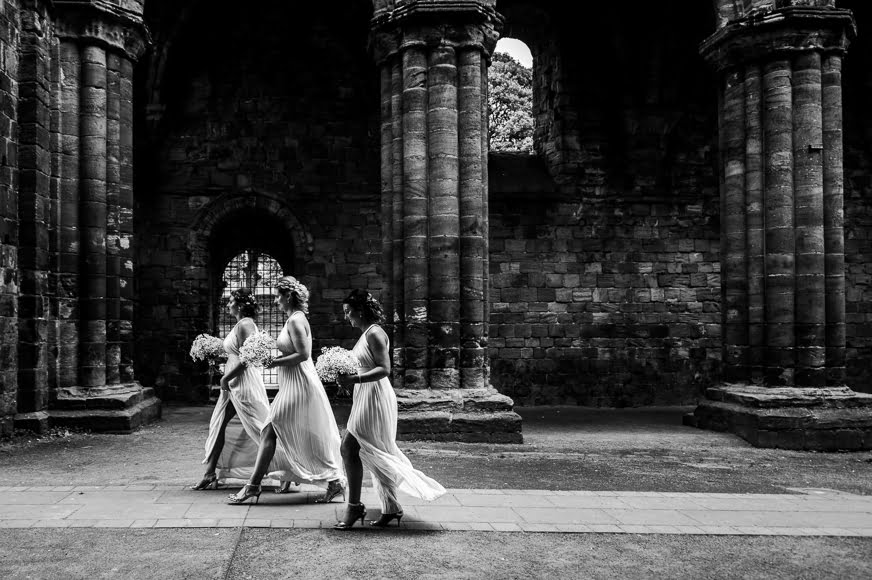
Nikon Z6 and adapted Nikon 24mm f/1.4 lens – f/3.2 | 1/250 | ISO 100
One final point about the Z6 focusing is in regards to the FTZ adapter. The FTZ adapter allows the use of F mount Nikon – and third party – glass to be adapted for use on Z mount cameras, utilising full focusing and image stabilisation.
I’ve found that the FTZ works extremely well and the difference between adapted lenses and native Z lenses to actually be negligible in terms of focusing.
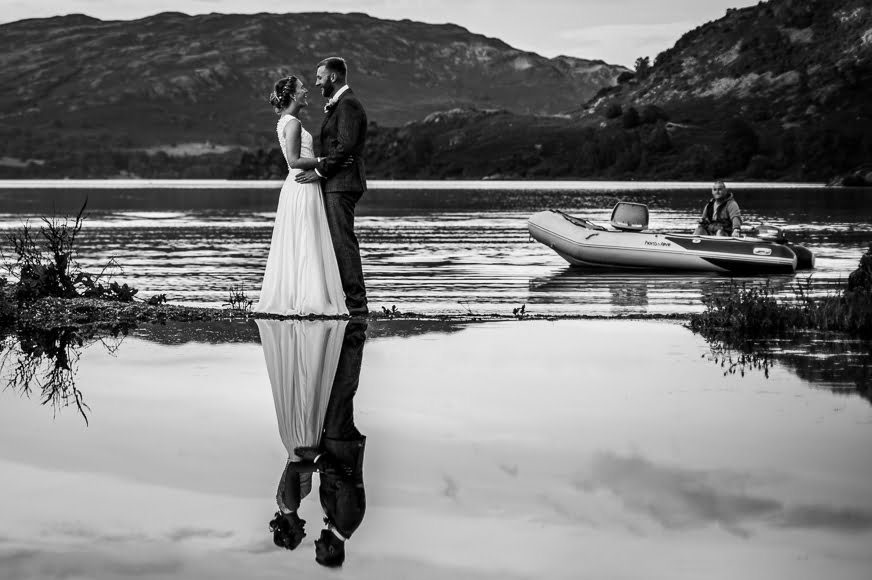
Nikon Z6 and adapted Nikon 50mm f/1.2 AIS lens – 1/4000 | ISO 100 | unknown aperture due to AIS lens (approx f/16)
So anyone considering buying a Z6 who is worried that their existing F mount glass won’t perform, don’t worry – your existing F mount lenses will transition excellently to the new Z system with the FTZ adapter.
Low Light Performance

Nikon Z6 and adapted Nikon 14-24mm f/2.8 lens – f/5.6 | 1/320 | ISO 5000
If the AF system is lacking somewhat in the Z6, then you cannot say that of its ISO performance.
Extended sensitivity can reach up to an eye-watering ISO 204,800.
Though that sounds incredibly impressive, I’m not sure I’d advocate shooting using that setting if you’re looking for sharp and crisp images!
I remember buying a D4s and hearing about its amazing low light capabilities and trying out some evening shots at a wedding at ISO 12,800. Suffice to say, they didn’t turn out useable and I quickly turned my off-camera flash back on.
However, the Z6 doesn’t suffer here. It really is a fantastic camera and produces fantastic images at high ISO.
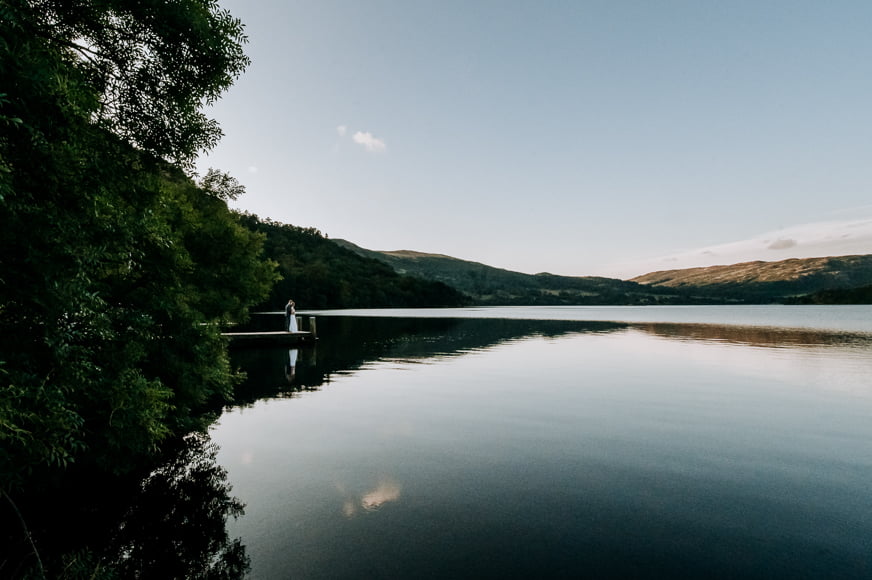
Nikon Z6 and adapted Nikon 14-24mm f/2.8 lens – f/16 | 1/320 | 1/125 | ISO 10000
The focus peaking means that even though the autofocus might not be working in very low light, you can go to manual focus, use focus peaking, get focused and then zoom in to check and get a very usable image.
The only thing to consider is that the camera loses a little bit of detail at high ISO, but what you lose in detail you make up for in the lack of noise.
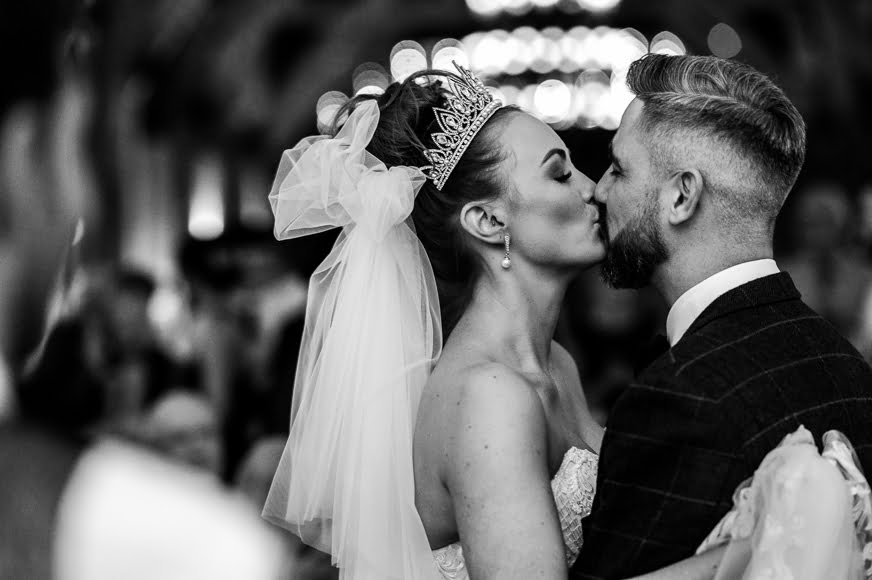
Nikon Z6 and adapted Nikon 105mm f/1.4 lens– f/2.5 | 1/160 | ISO 5600
Overall, the Z6 performs excellently in low light.
Image Quality
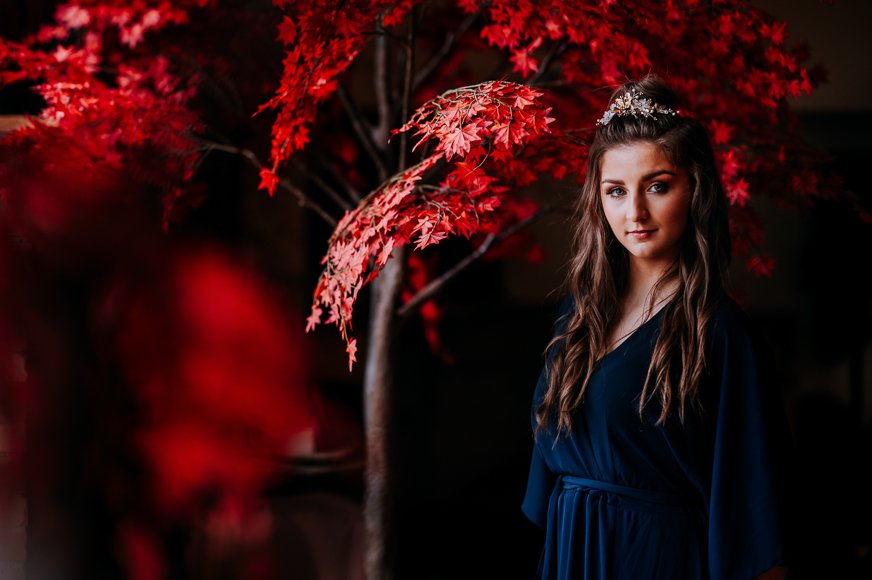
Nikon Z6 and Nikon Noct 58mm f/0.95 lens – f/1.2 | 1/640 | ISO 360
With the Z6, image quality is superb.
Straight out of camera, the raw files are more pink/magenta than what I am used to from any other Nikon. Just as the D3s tended to give overly green raw files.
Of course, you can adjust this slight pink cast as needed in Lightroom. Also, shooting manual white balance may help.
I tend to shoot auto WB – at a wedding in England you’re constantly dealing with different environments, going inside a dark barn or hotel, then back out into the light.
The way I shoot means I’m always looking for the next moment to photograph and want to concentrate on that, so let the camera handle the WB.
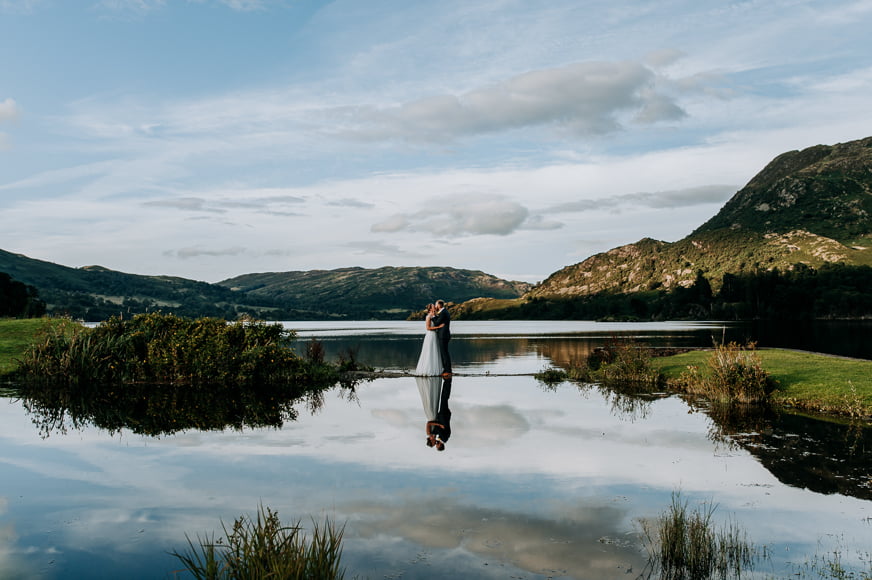
Nikon Z6 and adapted Nikon 28mm f/w1.4 lens – f/5.0 | ISO 180
But WB aside, the image quality is fantastic. It produces sharp, contrast-y, crisp, highly vibrant images.
The images really do pop and to compare it to a similar DSLR I’ve owned – the D750 – I’d say the Z6 easily outperforms it.
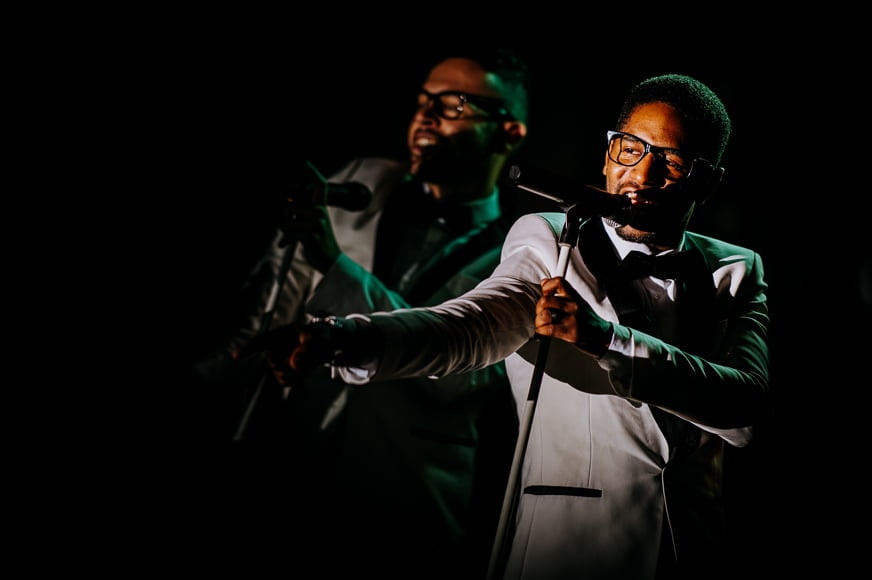
Nikon Z6 and adapted Nikon 105mm f/1.4 lens – f/1.8 | 1/200 | ISO 140
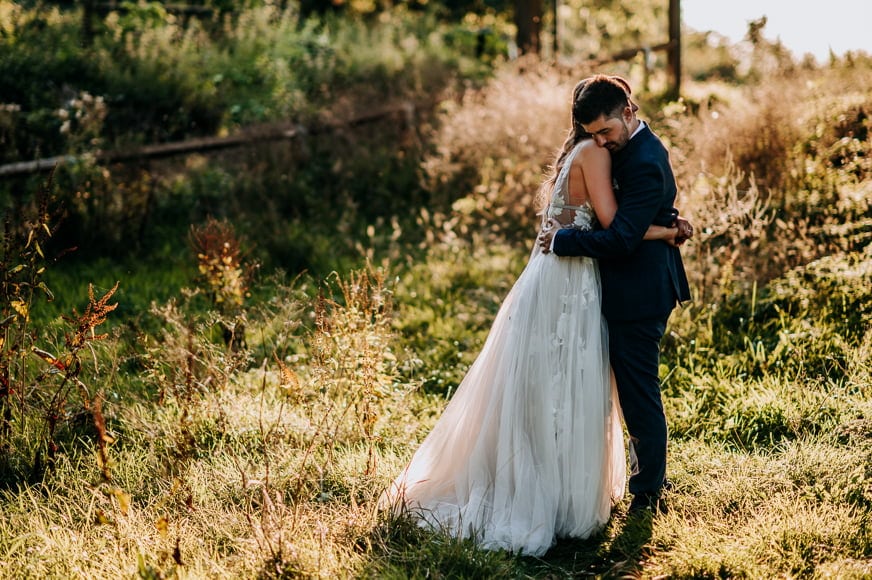
Nikon Z6 and adapted Nikon 85mm f/1.4 lens – f/1.6 | 1/1000 | ISO 100
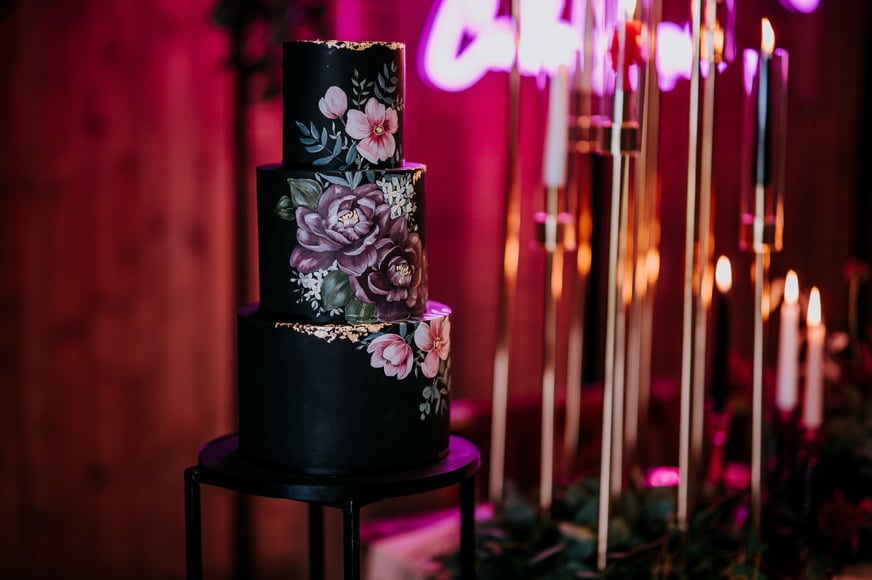
Nikon Z6 and Nikon Noct 58mm f/0.95 lens – f/1.0 | 1/500 | ISO 360
Overall Performance
The Nikon Z6 does start up a little slowly. It’s not instant like a DSLR is – you turn on a D850, D750, put to your eye and shoot. With the Z6, there is a few seconds delay while the camera readies itself, and the focusing isn’t quite as fast as a DSLR.
However, once on and you’ve begun shooting, the speed and ease of use overall are excellent.
The Z6 can shoot at up to 12 FPS, however, if shooting in RAW, you’re limited to 12-bit files to achieve this top performance.
Also, to achieve 12 FPS, the camera locks focus and the buffer allows a maximum of 37 RAW files to be captured at this speed.
So, though at first glance it appears to match a D5, that’s not quite the case.
But again, this is not pitched at matching a flagship camera, it’s not aimed at being a photojournalist’s camera or a sports camera. I’ve found the buffer to be more than adequate for weddings, plus for family and street photography – and for amateur wildlife photographers, I’m sure it would be perfect too.

Nikon Z6 and Nikon Noct 58mm f/0.95 lens – f/0.95 | 1/2500 | ISO 200
Then, onto memory cards – and this is the area that made the Z6 the bête noire of the camera world, pre-release. That is, of course, the fact that the Z6 only has one XQD card slot.
Now, is this ideal? No, it would be better, undoubtedly, to go like the D850 and have a main XQD slot and back up SD card slot (the new Z5 has fronted up to this and will have dual card slots).
But is one card slot the camera-ruining feature that some claimed it was before the Z6 was even released?
For me, certainly not. XQD cards are very expensive – and they are so for a reason. Not only are they lightning fast, but they are robust and therefore they do not break easily.
Over time, I’ve had many CF and SD cards fail on me, but not one XQD card has corrupted (touch wood!). And I own a lot of XQD cards and use them all the time.
So, it’s clear to me that Nikon took a more-than-calculated risk with this decision. It’s been one they’ve now re-thought and I’m sure future versions of the Z6 will come like the Z5, with two card slots.
But having only one XQD slot on the Z6 has never been an issue to me – and over time, as the Z6s reputation has grown, it has been seen as less of an issue in general.
Also, the EVF is bright and excellent – in fact, I now find it very comparable to an optical viewfinder.

Nikon Z6 and adapted Nikon 105mm f/1.4 lens – f/2.2 | 1/3200 | ISO 1600
The EVF performs very well, until you hit the higher end of the camera’s FPS capabilities. I find the customisable ‘I’ menu button makes changing my settings such a quick task.
I’ve been using Nikons pretty much all my life – I know that sounds ludicrous! But from around the age of 7, I was using my dad’s Nikon F2, so I love the fact that the Z6 still feels like a Nikon – the grip is perfect – despite being so light.
The dials, the buttons, it all feels like a Nikon – but then you’re looking through an EVF, so this is without a doubt a mirrorless camera.
I also use the flip-out screen a lot, as the live view mode is better than on any other Nikon. So, the combination of old and new means the camera really is a lot of fun to use.
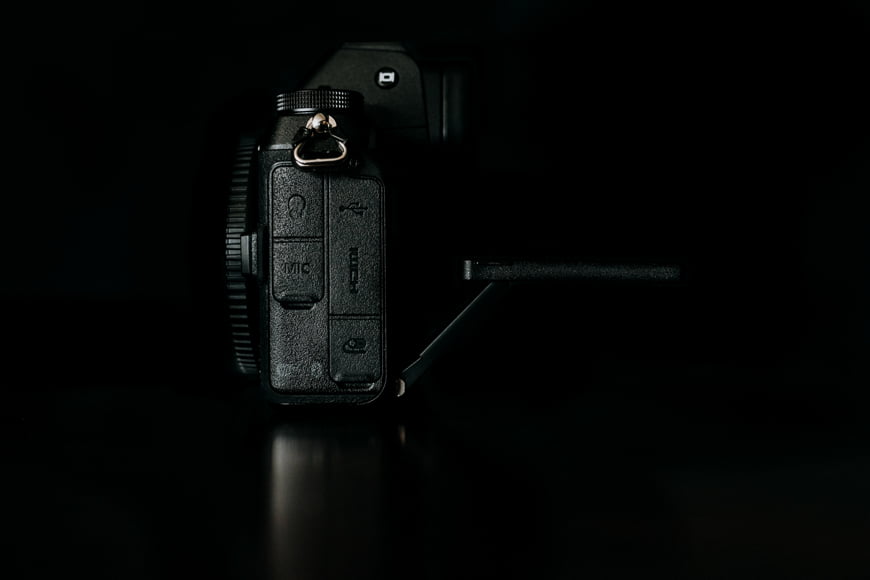
Nikon Z6 – image shot on a Nikon D850.
When I first used the Z6 professionally, alongside my Nikon D5, I did find going from a DSLR to mirrorless jarring – suddenly looking through an EVF where metering becomes less important.
You can see the image you’re taking before you take it, then you go back to a DSLR for the next shot with a different lens and you’re using an optical viewfinder again.
But, really, that was no fault of the camera – it just took some getting used to.
The actual EVF is excellent. It’s bright, it’s clear – it doesn’t stutter or jerk.
Now, I can use a Z6 seamlessly alongside a DSLR. And I find the EVF and live view does add an element of fun to shooting – using live view on the Z6 means you can hold it down, up or anywhere you need to to take an image.
This versatility is certainly not revolutionary I realise! People have been doing this for years with point and shoots, let alone mirrorless cameras.
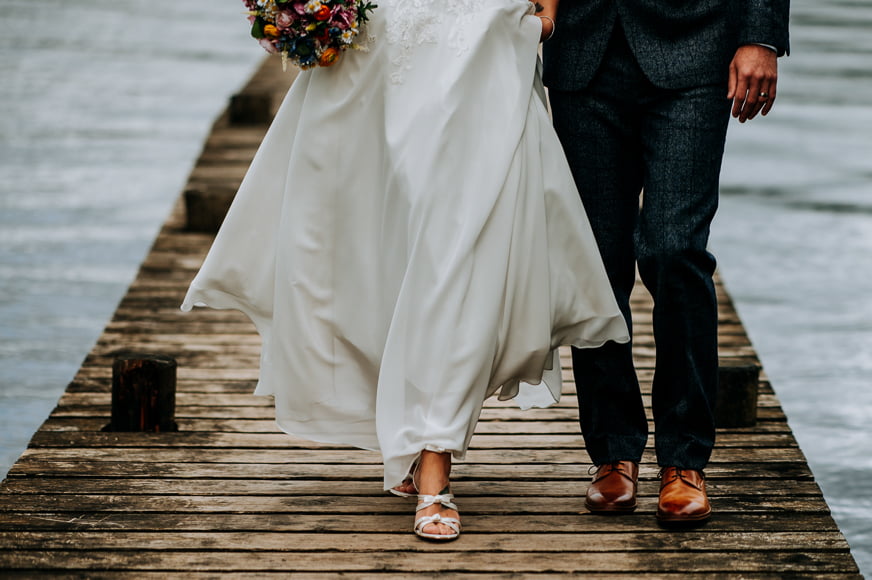
Nikon Z6 and adapted Nikon 105mm f/1.4 lens – f/1.8 | 1/6400 | ISO 100
But, for a professional photographer who has been using Nikon DSLRs for years, this new avenue of shooting that has been opened up is, well, fun, just as it is effective.
Live view and touch screen have been on previous Nikon cameras, but the Z6 is the first one to nail it. You can place your camera to your hip or hold it over your head, look at live view, tap the screen and the Z6 instantly focuses and shoots.
This really does open up a new world of possibilities.
Other Useful Features
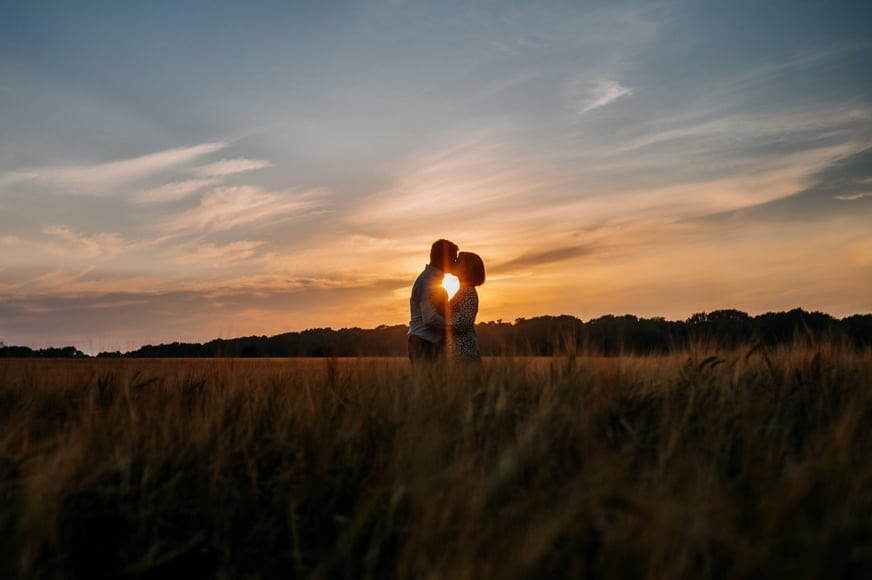
Nikon Z6 and Nikon 35mm f/1.8 S – f/2.8 | 1/3200 | ISO 125
The Nikon Z6 is well known for its video capabilities and rightly so. I’ve used it commercially for shooting film and the video performance is excellent – though the autofocus in video mode still isn’t perfect (a long time issue with Nikon video modes).
Also, the inbuilt 5-Axis VR stabilisation is another game-changing element for any longtime DSLR user like myself.
It works excellently with both native Z lenses and adapted F mount lenses. You can use a big, non-VR lens like my Nikon 105mm f/1.4 on the Z6, utilise the in-built stabilisation and drop the shutter speed and still get a steady shot.
It’s also worth noting that the ever-expanding range of Z lenses is very impressive. The three Z mount lenses produce beautiful images.
Also, I was lucky enough to use the unbelievably good Noct 58mm 0.95 at some recent shoots – thanks to Nikon UK for lending me the lens. You’ll find some images using the Noct here.
Value for Money
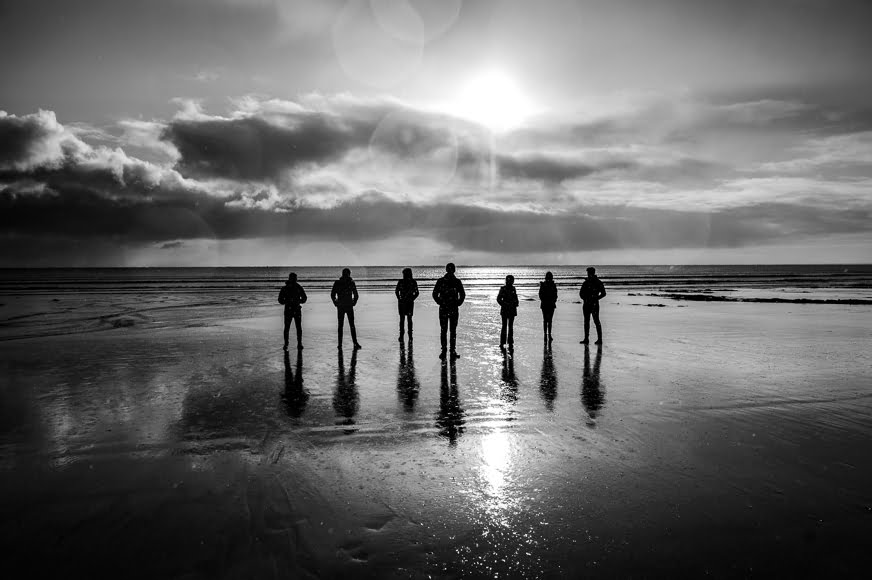
Nikon Z6 and Nikon 24-70mm f/4 S – f/6.3 | 1/1600 | ISO 160
The Z6 is excellent value for money at around US$1,800. Overall, for the price and on its own merits, this is a fantastic camera.
Is the autofocus perfect? No. But is the focusing very good, especially for a camera under 2k? Yes, definitely.
Also, the Z6 is packed with features and functions and works great as a hybrid photo and video camera.
The image quality is excellent and it’s such a fun camera to shoot with.
There is no DSLR that compares to it for a similar price. It outshoots the D750 or Canon 6d and the Nikon D780 is more than $600 more.
Also, for the price, I’m sure many pro-Nikon users like me bought a Z6 and had similar thoughts as I have. Mainly, that it’s a really, really fantastic camera – but not a pro camera.
But if they bought one, it will have given valuable insight into how good the Z series is and the amazing potential there.
It will have opened up minds to the excellent and ever-growing range of Z lenses – I’m sure all of this is part of Nikon’s strategy.
So, many pro users will now be more likely to go all-in on a pro Nikon mirrorless when it is released.
And if Nikon make some adjustments to the focus and add in some pro features, they will have an unbelievably high-quality mirrorless camera.
I would recommend the Z6 wholeheartedly as a best buy within its price range.
Nikon Z6 Review | Conclusion

Nikon Z6 and adapted Nikon 28mm f/1.4 lens – f/5.6 | 1/3200 | ISO 125
I’m currently shooting with my Z6 every day (see some recent family photos below).
I love the ease of shooting with the bright and clear EVF and the fun it adds.
I also enjoy the excellent live view and flip-out screen and how this can add to my creativity, in terms of angles that I now shoot from.
I’m also using the camera professionally at all jobs. When shooting something like a sunset (the image below was shot last week, at time of writing), the EVF is great as you can get the exposure compensation perfect as you shoot.
In short, the Z6 is a fantastic camera that I love to use. Also, it’s made me realise that the future will be in mirrorless.
When Nikon release a mirrorless camera comparable to the D850, I’ll be first in the queue to buy one. For now though, I’m more than happy with my Z6.

Versatile mirrorless camera that packs a powerful combination of speed, resolution and low-light performance.





